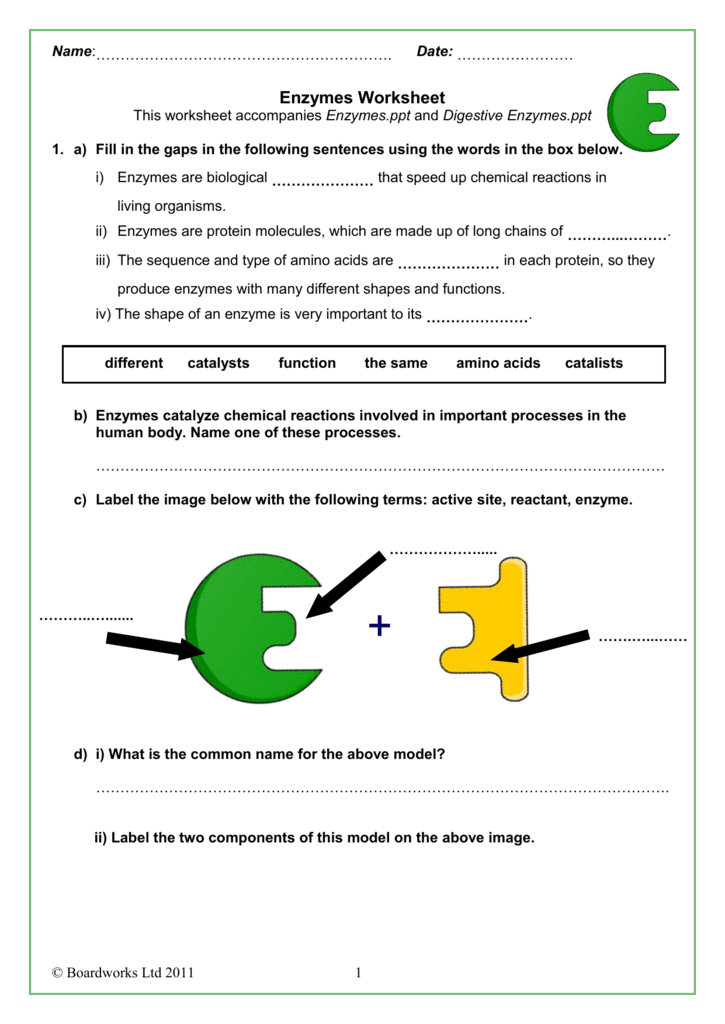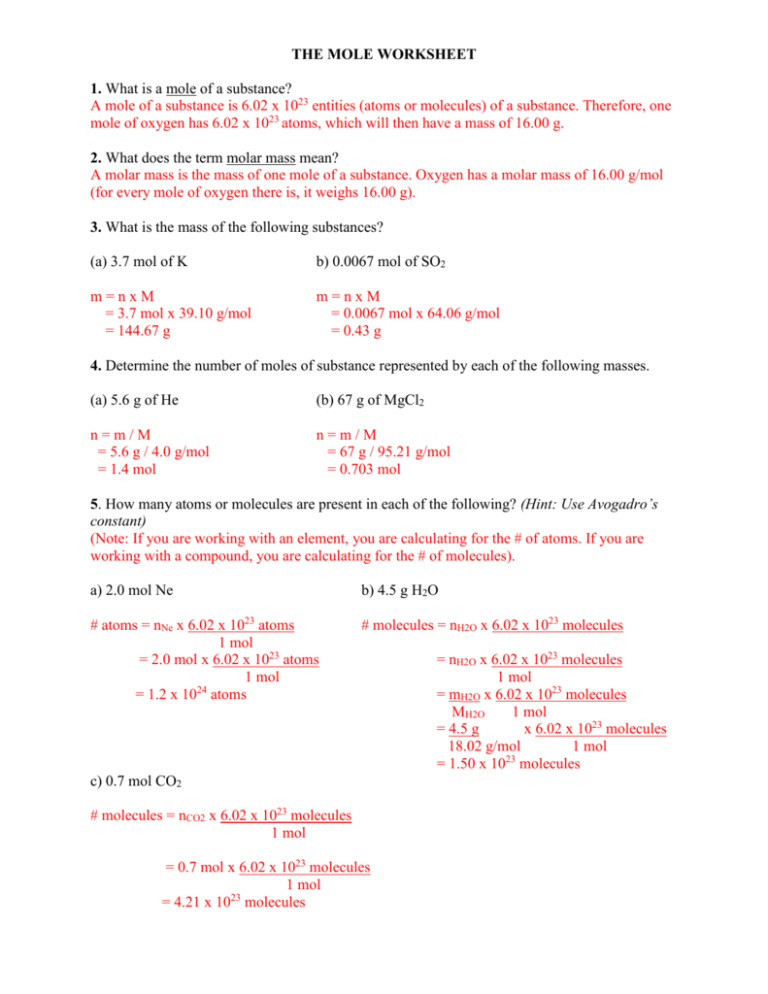5 Essential Tips for Mastering Enzyme Functions

The world of enzymes is fascinating and complex, with these biological catalysts playing pivotal roles in nearly every cellular process. Understanding enzyme functions is crucial not only for students of biology or biochemistry but also for professionals in various fields like medicine, agriculture, and food science. Here are five essential tips to help you master the intricacies of enzyme functions:
1. Grasp the Basics of Enzyme Structure


Enzymes are primarily proteins, although some RNA molecules can also act as enzymes. Here are the fundamental points about enzyme structure:
- Primary Structure: This is the sequence of amino acids in the polypeptide chain.
- Secondary Structure: Includes alpha-helices and beta-sheets formed by hydrogen bonds between amino acids.
- Tertiary Structure: The unique 3D folding pattern of a polypeptide chain, which determines the enzyme’s active site.
- Quaternary Structure: In multi-subunit enzymes, this is the arrangement of multiple polypeptide chains.
💡 Note: The functionality of an enzyme largely depends on maintaining its structural integrity, especially the active site.
2. Understand Enzyme Kinetics


Enzyme kinetics is the study of how fast reactions catalyzed by enzymes occur. Here are some key concepts:
- Substrate Concentration: Initially, the rate of reaction increases with substrate concentration until the enzyme is saturated.
- Michaelis-Menten Equation: Describes how the rate of enzymatic reactions changes with substrate concentration.
- Enzyme Inhibition: Understand competitive, non-competitive, and uncompetitive inhibition mechanisms.
- Transition States and Catalysis: Enzymes work by lowering the activation energy, stabilizing the transition state.
3. Explore Enzyme Specificity


Enzymes exhibit specificity due to:
- Lock and Key Model: Where the enzyme’s active site exactly fits the substrate.
- Induced Fit Model: The enzyme changes shape slightly to fit the substrate perfectly upon binding.
- Binding Affinity: The strength of the enzyme-substrate interaction.
4. Learn about Enzyme Regulation


Enzymes can be regulated at various levels:
- Allosteric Regulation: Molecules binding to sites other than the active site change the enzyme’s activity.
- Feedback Inhibition: The product of a reaction inhibits an enzyme acting earlier in the metabolic pathway.
- Post-translational Modification: Enzymes can be activated or deactivated through processes like phosphorylation or methylation.
- Gene Regulation: The synthesis of enzymes can be controlled at the gene level.
5. Investigate Enzyme Applications


Enzymes have myriad applications:
- Medical Diagnostics: Many diagnostic tests rely on enzyme specificity, like the glucose test for diabetes.
- Industry: From food processing (e.g., cheese making with rennet) to laundry detergents (proteases and lipases).
- Biotechnology: Enzymes like polymerases are used in PCR, enabling DNA amplification.
🔍 Note: Familiarizing yourself with the practical applications can make enzyme studies more engaging and meaningful.
To master enzyme functions, one must continuously learn, experiment, and apply this knowledge in real-world scenarios. Enzymes govern metabolic pathways, from digestion to energy production, making their study essential for understanding life at the molecular level. Whether you're looking at how enzymes can be manipulated in industry or how they can be used in healthcare, this knowledge enriches various sectors with innovative solutions. Integrating these tips into your learning or research will provide you with a robust foundation in the study of enzymes, enabling you to tackle complex problems or develop new applications with confidence.
What is an enzyme and how does it work?

+
An enzyme is a biological catalyst that speeds up chemical reactions by lowering the activation energy required for the reaction to occur. It works by binding to a substrate at its active site, facilitating the chemical transformation, and then releasing the product.
How can enzyme specificity be explained?

+
Enzyme specificity can be explained by the lock and key or induced fit models. The lock and key model suggests that the enzyme’s active site is precisely shaped to fit only one substrate, like a key fits into a lock. The induced fit model, on the other hand, suggests that the enzyme’s active site can change shape slightly to perfectly fit the substrate upon binding.
What are some ways enzymes can be regulated?

+
Enzymes can be regulated through allosteric control, where a regulatory molecule binds to the enzyme away from the active site, altering its activity; feedback inhibition, where the end product of a metabolic pathway inhibits an earlier enzyme; and post-translational modifications like phosphorylation or methylation, which can activate or deactivate enzymes.



